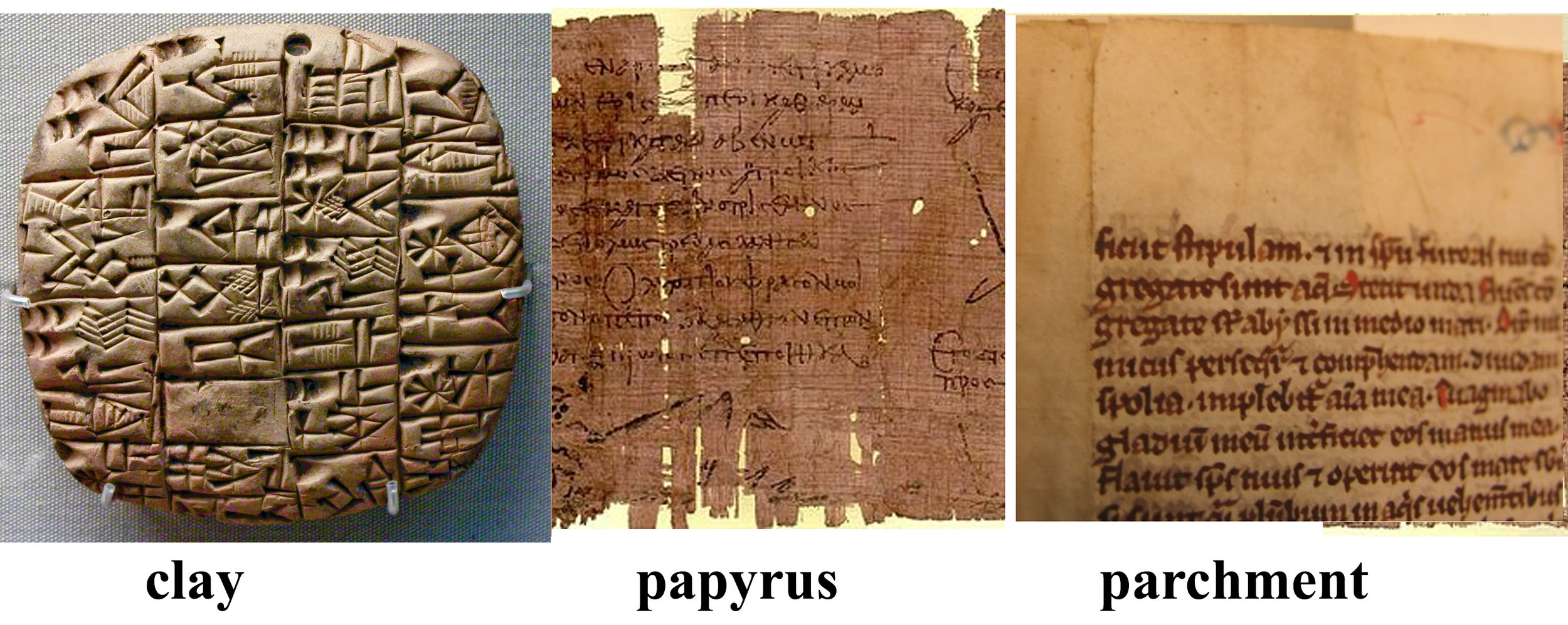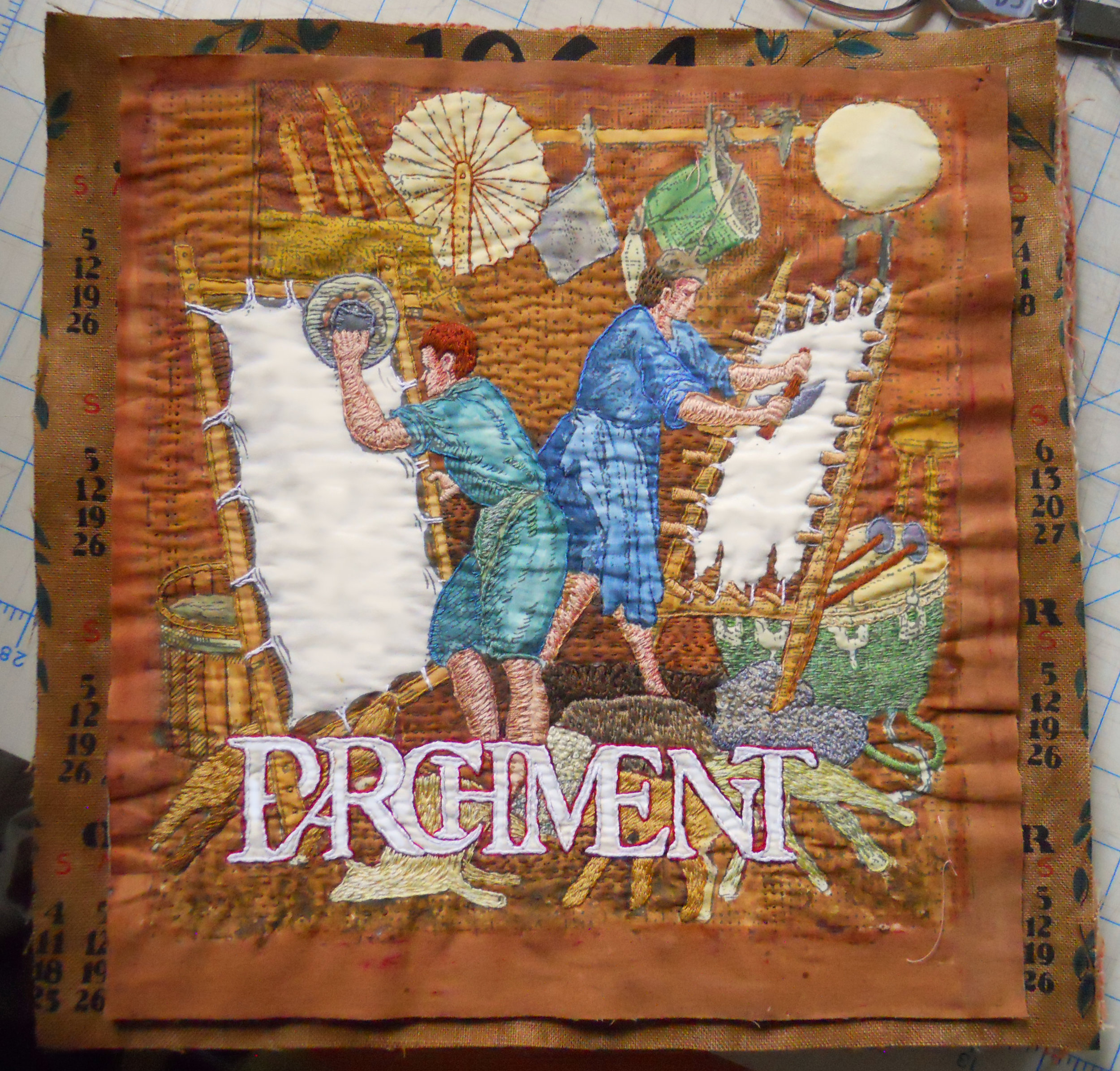OK, confession time here: I have a terrible sense of color. I can't draw, I have no sense of color, and yet, I keep on going. But just as I've learned to use photoshop to create my images, I've now learned to copy colors. In this case from Noon: Rest from Work, by Van Gogh:


















